Tag: Harpers Ferry WV
Wikipedia says: Harpers Ferry is a historic town in Jefferson County, West Virginia, United States, in the lower Shenandoah Valley. (Until 1863, it was in Virginia.) It is situated at the confluence of the Potomac and Shenandoah rivers, where the U.S. states of Maryland, Virginia, and West Virginia meet. It is the easternmost town in West Virginia and during the Civil War was the northernmost point of Confederate-controlled territory. It has been called, speaking of the Civil War, “the best strategic point in the whole South”.
The town was formerly spelled Harper’s Ferry with an apostrophe—in the 18th century, it was the site of a ferry service owned and operated by Robert Harper. The United States Board on Geographic Names, whose Domestic Name Committee is reluctant to include apostrophes in official place names, established the standard spelling of “Harpers Ferry” by 1891.
By far, the most important event in the town’s history was John Brown’s raid on the Harpers Ferry Armory in 1859.
Prior to the Civil War, Harpers Ferry was a manufacturing town, as well as a transportation hub.
Civil War
The town was “easy to seize, and hard to hold”. The Civil War was disastrous for Harpers Ferry, which changed hands eight times between 1861 and 1865. It was described thus in March of 1862:
Harper’s Ferry presents quite a gloomy picture. The best buildings have been shelled to the ground, and nothing now remains but their foundations to mark the spot where they once stood. The old Arsenal has been burnt to the ground; that part of the building where old John Brown made such a fatal stand, still stands as a monument to his memory. Before the destruction of the town, it contained near 3000 inhabitants, but at the present time there are not more than 300 or 400 families there.
John G. Rosengarten described it in similar terms, saying that the town and Bolivar Heights, in 1859 “a blooming garden-spot, full of thrift and industry and comfort”, in 1862 had been reduced to “waste and desolation”.
Because of the town’s strategic location on the Baltimore & Ohio Railroad and at the northern end of the Shenandoah Valley, both Union and Confederate troops moved through Harpers Ferry frequently. “Jefferson County is where the North and South met.” The town’s garrison of 14,000 Federal troops attracted 1,500 contrabands (escaped slaves) by the summer of 1862. They were returned to slavery when Confederate forces took Harpers Ferry in 1862.
Harpers Ferry played a key role in the Confederate invasion of Maryland in September 1862. Gen. Robert E. Lee did not want to continue on to Maryland without capturing the town. It was on his supply line and could control one of his possible routes of retreat if the invasion did not go well.
Dividing his army of approximately 40,000 into four sections, Lee used the cover of the mountains to send three columns under Stonewall Jackson to surround and capture the town. The Battle of Harpers Ferry started with light fighting September 13 as the Confederates tried to capture the Maryland Heights to the northeast, while John Walker moved back over the Potomac to capture Loudoun Heights south of town. After a Confederate artillery bombardment on September 14 and 15, the Federal garrison surrendered. With 12,419 Federal troops captured by Jackson, the surrender at Harpers Ferry was the largest surrender of U.S. military personnel until the Battle of Bataan in World War II.
Because of the delay in capturing Harpers Ferry and the movement of Federal forces to the west, Lee was forced to regroup at the town of Sharpsburg. Two days later he commanded troops in the Battle of Antietam, which had the highest number of deaths among troops of any single day in United States military history. By July 1864, the Union again had control of Harpers Ferry. On 4 July 1864, the Union commanding Gen. Franz Sigel withdrew his troops to Maryland Heights. From there he resisted Jubal Anderson Early’s attempt to enter the town and drive the Federal garrison from Maryland Heights.
In 1862, the paymaster`s quarters (Lockwood House) and superintendent`s clerk`s quarters (Brackett House) were used as hospitals. Lockwood House did not have that name intil later; in 1863 Union general Henry Hayes Lockwood briefly made the paymaster’s quarters his home.
Showing 1–16 of 86 results
-
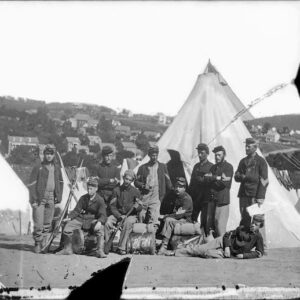
Image ID: ACIC
$4.99 – $6.99 -
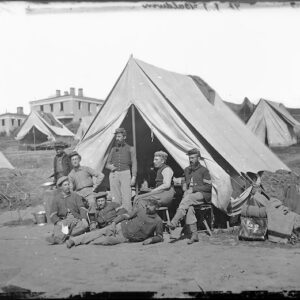
Image ID: ACKI
$4.99 – $6.99 -
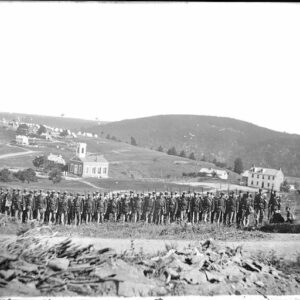
Image ID: ACMX
$4.99 – $6.99 -
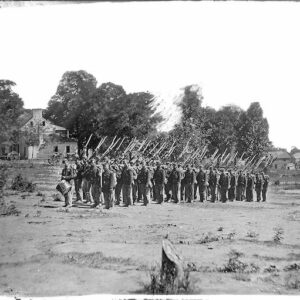
Image ID: ACTQ
$4.99 – $6.99 -
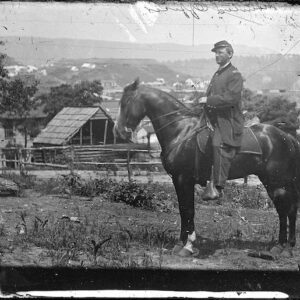
Image ID: AFOH
$4.99 -
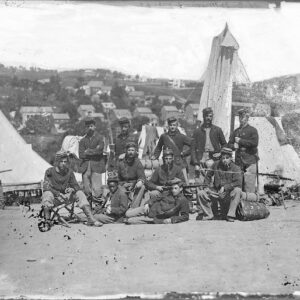
Image ID: AGMV
$4.99 -
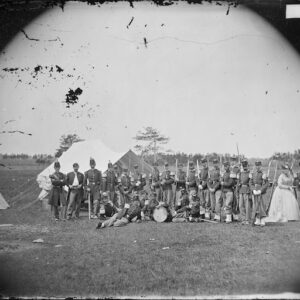
Image ID: AGON
$4.99 -
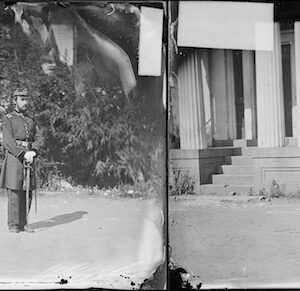
Image ID: AGWG
$3.99 -
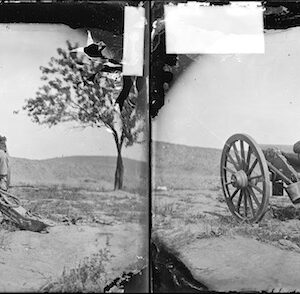
Image ID: AGWH
$3.99 – $4.99 -
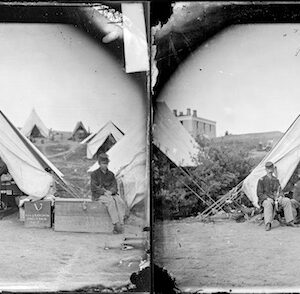
Image ID: AGWJ
$3.99 – $4.99 -
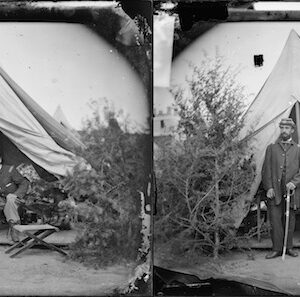
Image ID: AGWK
$3.99 – $4.99 -
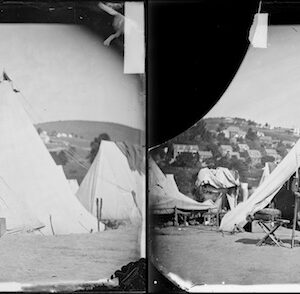
Image ID: AGWL
$3.99 – $4.99 -
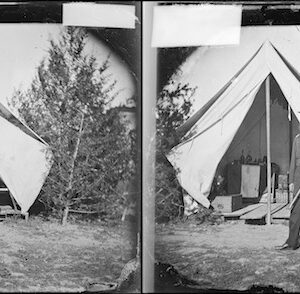
Image ID: AGWP
$3.99 -
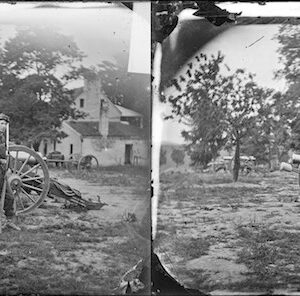
Image ID: AGWS
$3.99 – $4.99 -
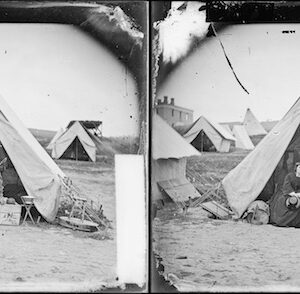
Image ID: AGWT
$3.99 – $4.99 -
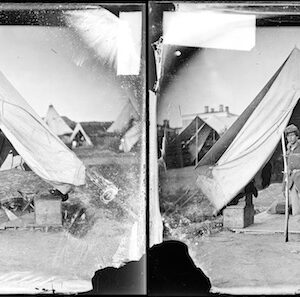
Image ID: AGWU
$3.99 – $4.99